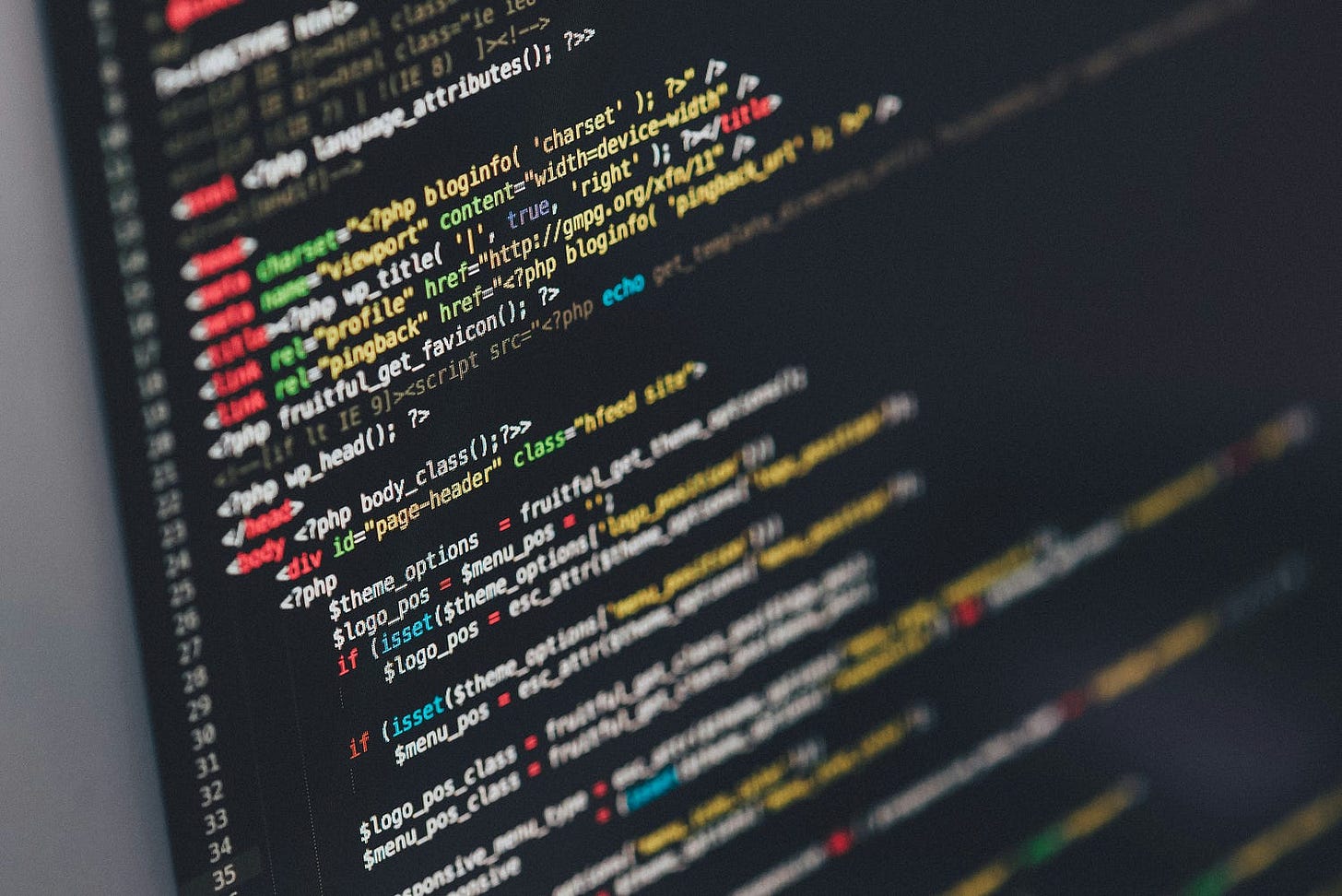Faster Coding, Smarter Thinking: The New Rules of Software Development
How AI tools accelerate your work, but fundamentals keep your code solid and scalable.
The pace of software development today is nothing short of extraordinary. In recent months, we’ve seen an explosion of AI tools specifically designed to make developers more productive. From OpenAI’s Codex (which powers GitHub Copilot) to Amazon CodeWhisperer, GitLab’s Duo, and Microsoft’s IntelliCode — these tools are rewriting the playbook for software engineering. Google’s Bard and Meta’s Code Llama are in the race too. Most recently, OpenAI introduced GPT-4’s Code Interpreter (also called Advanced Data Analysis), taking code reasoning to the next level.

While many in leadership circles talk about leaner teams, faster deliveries, and AI replacing junior developers, the ground reality is a bit more nuanced. In fact, we’ve seen similar disruptions before — Y2K, the rise of cloud computing, even the shift from assembly language to high-level programming like C++. Each time, the narrative was the same: “Will developers become obsolete?”
But we know how that turned out. Each innovation created new demand, new specializations, and new ways of thinking.
What’s Changing — And What’s Not
AI isn’t replacing developers. It’s compressing the time it takes to solve certain classes of problems.
We’ve moved from searching Stack Overflow for hours to getting API integration examples in seconds. You can scaffold a backend microservice using ChatGPT. Tools like GitHub Copilot X auto-suggest code completions, write tests, and generate documentation. Spotify uses AI-enhanced developer insights to identify bottlenecks in its SDLC. The tooling is evolving, fast.
But here’s the truth no one tells you loudly enough:
AI doesn’t replace judgment. It accelerates how you reach it.
Just like C++ helped you write faster than assembly, you still had to understand memory management, architecture, and system design. Today’s AI tools are similar — they’ll scaffold things for you, but debugging, optimizing, and architecting still need a solid mental model.
Tool Users vs Tool Thinkers
Here’s how I see the split:
Tool Users treat AI like autocomplete on steroids. Fast, but shallow.
Tool Thinkers use AI to augment their mental model. They probe, iterate, debug, verify.
The former speeds up typing. The latter speeds up thinking.
This distinction will matter more than ever. In a world where AI can write 80% of your CRUD boilerplate, your edge is in reasoning, context, and judgment.
“Can you explain why this code is structured this way?”
“Can you identify the edge cases?”
“Can you simplify this without breaking contracts?”AI won’t do this for you. Not yet and maybe never fully.
Why This Isn’t About AI Replacing Developers
There’s a misconception that tools like ChatGPT or Copilot will eliminate the need for learning how to code.
Y Combinator has made comments about “vibe-based coding,” and NVIDIA CEO Jensen Huang said learning to code may become less important in the future. While provocative, these statements should be taken with context.
When you look at the actual developer workflow, LLMs bring tangible value:
You can scaffold a microservice with a few prompts
You can generate CRUD boilerplate in seconds
You can automate tests and documentation
But this doesn’t eliminate the need to understand how systems interact.
Where is the data flowing?
What happens under load?
How do you debug it when things break?
These questions are still fundamental, and AI doesn’t absolve you from answering them.
In fact, learning to code is about shaping your thinking. Not just typing instructions.
Programming teaches you structure, abstraction, problem-solving, and debugging. Those don’t go away, no matter how advanced the tools become.
Developer Productivity Is a System, Not a Tool
What many overlook is that software engineering isn’t just writing code. It’s:
Understanding the problem space
Collaborating across teams
Writing maintainable, testable, scalable systems
Navigating trade-offs
Developer productivity tools like GitLab Duo or Amazon CodeWhisperer help with small wins, but your overall effectiveness comes from how well your team works together. At Spotify, engineering leaders measure this holistically — tools help, but systems thinking drives outcomes.
We’ve seen this trend before:
Y2K panic created urgency for maintainability
Cloud computing changed deployment thinking
CI/CD streamlined developer velocity
Kubernetes brought infrastructure as code
AI is the next wave. Not a replacement. A multiplier.
Engineering Leaders: A Note for You
For tech leads, engineering managers, and architects, here’s what this means:
Invest in LLM literacy. Let your teams experiment with Copilot, GPTs, or even custom RAG workflows.
Build guardrails. Just like code linters and PR reviews, AI outputs need structure and validation.
Shift focus from “delivery velocity” to “value per decision.” If AI writes 60% of the code, are you spending more time on architecture, integration, and testing?
Be curious. The devs who will thrive tomorrow are the ones who see these tools as thinking partners, not just generators.
Also, pay attention to the new generation of developers entering the field. Their learning curve is different. They may start with prompts, but will need mentorship to go from copy-pasting to concept mastery. AI-assisted does not mean context-absent.
Closing Thought
AI doesn’t take away your job. It takes away your excuses.
The boilerplate is automated. The docs are summarized. The APIs are explained in chat.
What’s left is the real work:
Reasoning.
Debugging.
Collaborating.
Deciding.
And that’s what makes software development magical in the first place.
Let’s Discuss:
How have LLMs changed your development workflow?
Where do you draw the line between tool assistance and core developer expertise?
References & Links:
GitHub Copilot — powered by OpenAI Codex
GitLab Duo — GitLab’s AI pair programmer
OpenAI’s GPT-4 Code Interpreter — also known as Advanced Data Analysis (ADA)
Spotify Engineering Productivity Research — how Spotify thinks about metrics and AI




